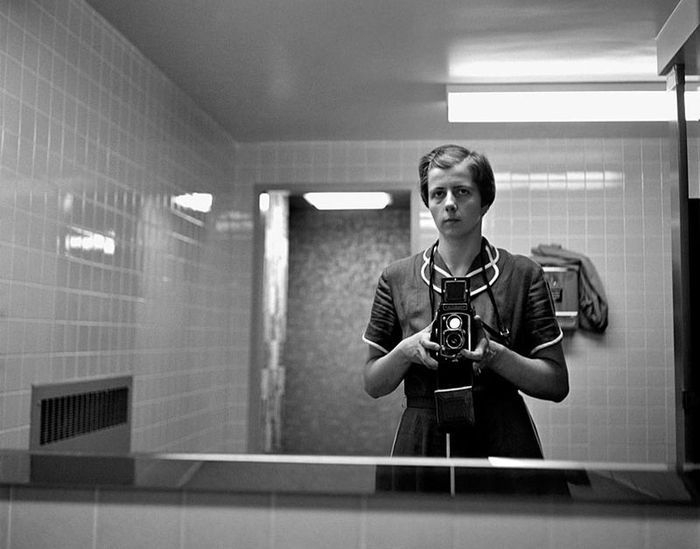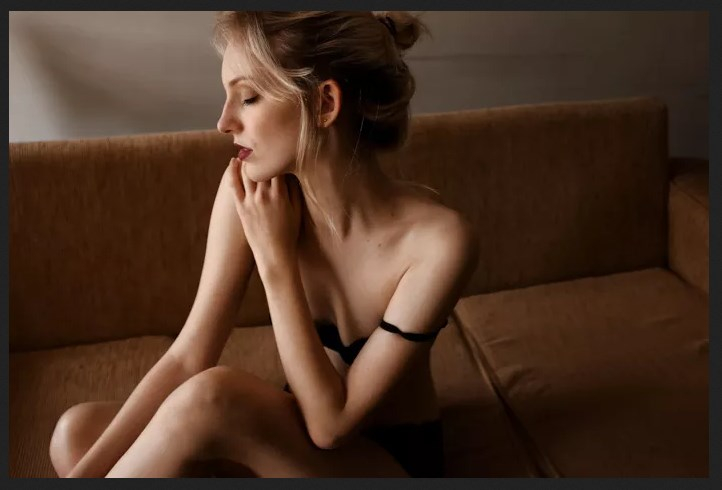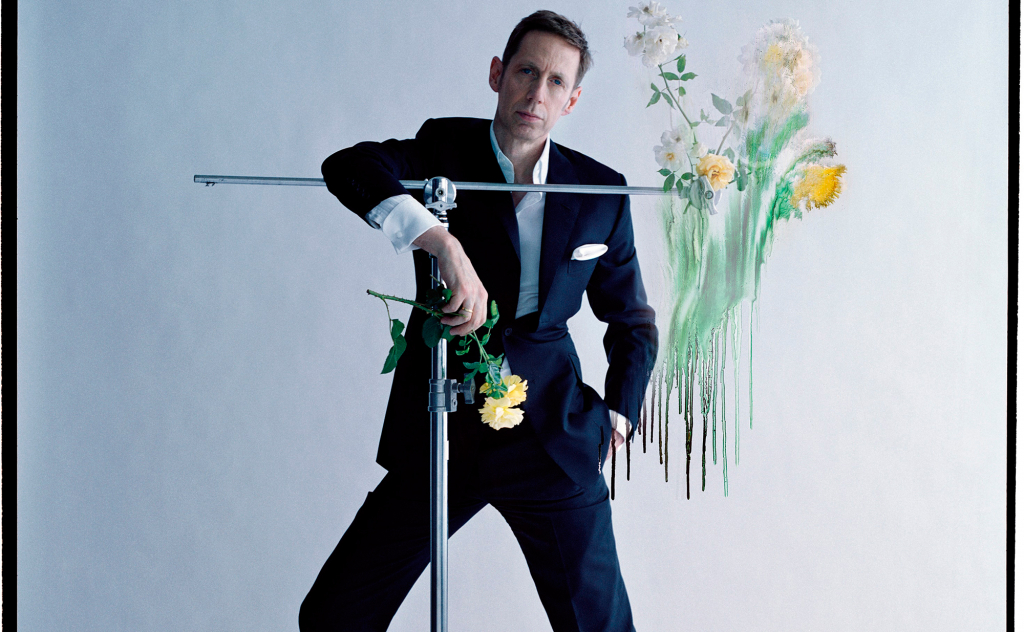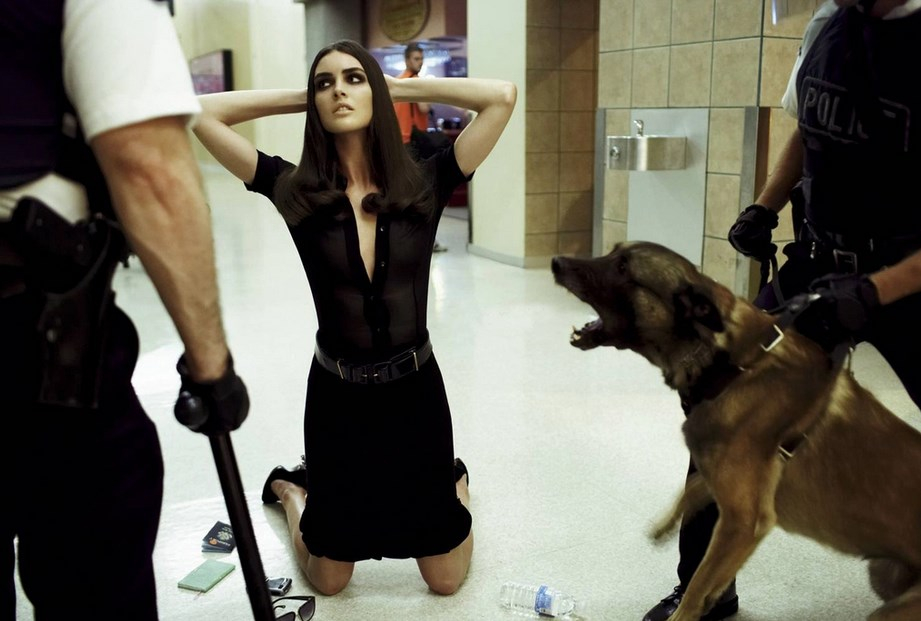HOW TO MAKE A FLOWER PICTURE UNUSUAL
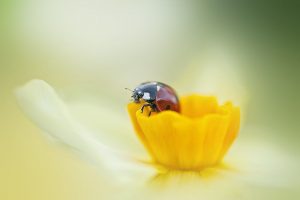 Each novice photographer first of all takes on photographing flowering objects. Why? First of all, because the flowers have a texture and they have a bright color, which means that it is very likely to get a “beautiful photo”. But in order for the flower to look interesting in the picture, you still need to adhere to some rules that have been tested for years, despite the fact that beginners unsuccessfully try to violate them and professionals are almost undecided in compliance with them.
Each novice photographer first of all takes on photographing flowering objects. Why? First of all, because the flowers have a texture and they have a bright color, which means that it is very likely to get a “beautiful photo”. But in order for the flower to look interesting in the picture, you still need to adhere to some rules that have been tested for years, despite the fact that beginners unsuccessfully try to violate them and professionals are almost undecided in compliance with them.
Use lenses with a focal length of 50 mm or more. Telephoto lenses are good.
Highlight flowers from below or from the side with the sun or flash. This way you increase the transparency of the petals.
Choose a shooting angle consciously. Remember that the photo from the bottom angle is used to get an unusual shape. Shooting at eye level gives you the opportunity to get a realistic look.
The closer you take, the less the flower is guessed and more like an abstract image.
Do not forget to pay attention to the background. If you don’t like the background, use a shallow depth of field to blur it.
As for portraits, the golden hour is considered the best time to take flowers when the sun is low relative to the horizon.
Which lens to use for shooting?
When using a wide-angle lens when shooting, it is possible to add more background to the picture. Of course, you won’t remove the details, but to make the photo interesting is quite possible. Such lenses are good to use for shooting flower beds or flower fields. Photos will turn out rhythmic and dynamic.
When choosing a 50 mm lens or a telephoto lens, you need to be prepared for the fact that it is unlikely to be able to take a picture of the general plan. This focal point is suitable for portraiture, which means that the flowers will be large, with visible details. You need to pay attention to the composition, since the close-up is not always interesting in itself. Well, who did not see the pistils and stamens of tulips? Probably, there are no such people in principle, and even among admirers of photography, even more so.
The value of lighting in photography
The way out of the “difficult situation” when you have only a telephoto lens for shooting can be the original illumination of the subject. Try to position yourself so that the bud is lit from the back. Some flower petals in clearance have a very beautiful pattern. You will see amazing “veins and arteries”, as well as their interweaving.
Another favorite option for shooting flowers is from the bottom up, when the heads tend to the sky. The blue sky is a great contrast. If there are clouds, then the picture will add drama.
Remember that if you shoot without backlighting against the sun, then you risk getting only a silhouette, so use the backlight of the flower from the front with a flash or a reflector. Do not forget that you can catch the “hares” in the lens, which, by the way, should also be correct and beautiful when used in composition. No one is forbidden to take photographs of flowers in the back light; the photographer himself determines whether to shoot against the sun and whether the result will be so good as to risk his own vision and the matrix of the camera. By Mike Martin
How to choose the right angle
As mentioned above, the flowers are well obtained if you remove them from below. Many novice photographers forget that it is very important to change their own position when photographing.
Taking off flowers from below you can see and capture unusual forms and non-traditional foreshortenings. When choosing a photo shoot, take care of taking something under your knees with you. Having descended to the ground, you will change the position of the camera, which means you will get a different angle, a kind of flower that people do not observe in everyday life.
Do not forget that photographs are good at which the texture of the petals is clearly visible or the color is conveyed in an unusual way. Take a photo of a part of the flower. Let the petals serve as the background for the core. The closer you shoot, the more abstract the image. In the end, you can even just show the lines or just the color.
If you partially shoot an object, the result will be a completely different image than what you saw before you initially, which means that you can demonstrate not only a creative approach, but also a unique point of view on the whole photo of the flower as a whole.
How to choose a background for taking pictures
Surely you noticed that when the background looks good, then the whole composition looks good. This postulate should lead every novice photographer to the idea that using a wide-open aperture when shooting flowers will give excellent results. By softening (blurring) the background, you can create a composition exclusively about a flower and nothing more.

